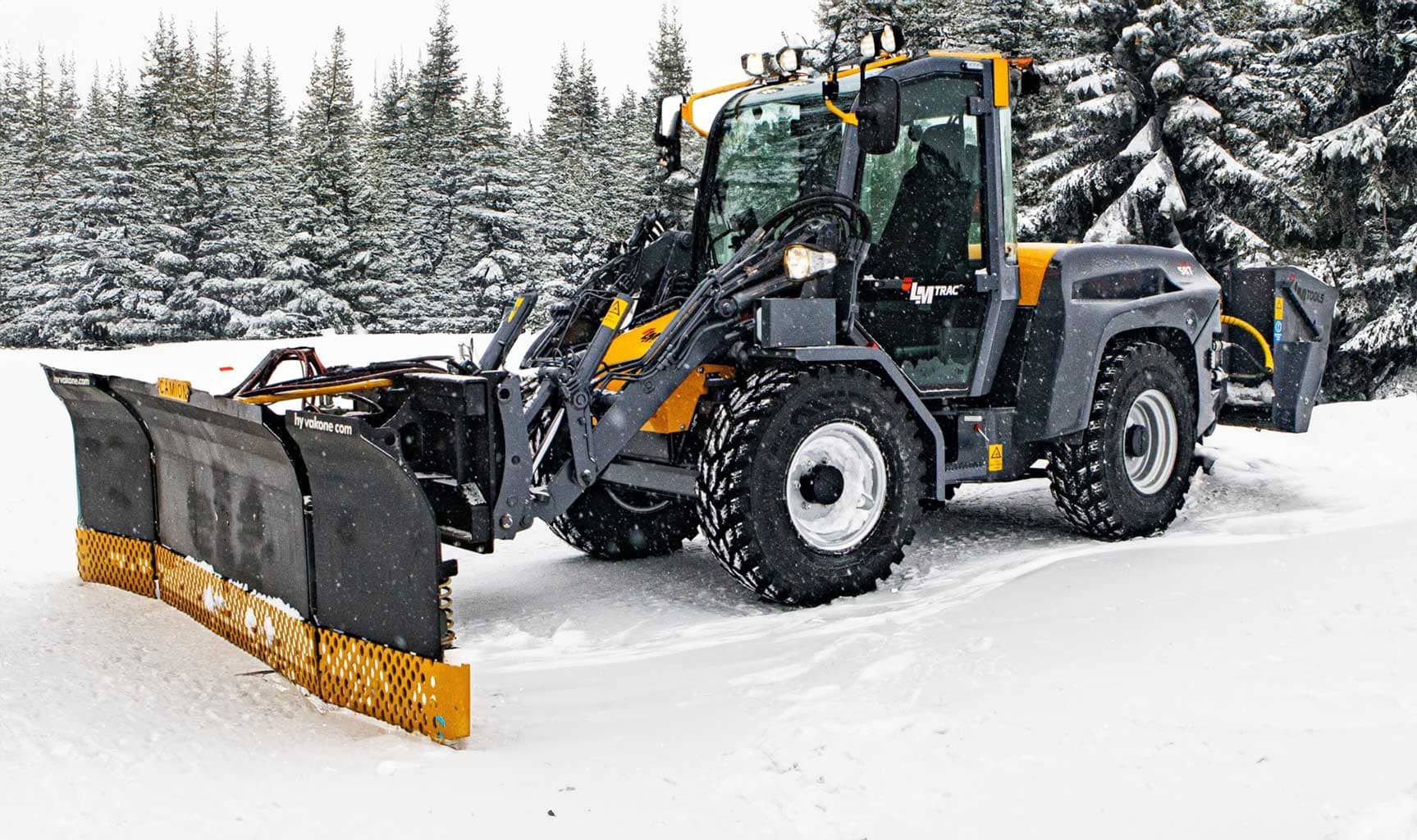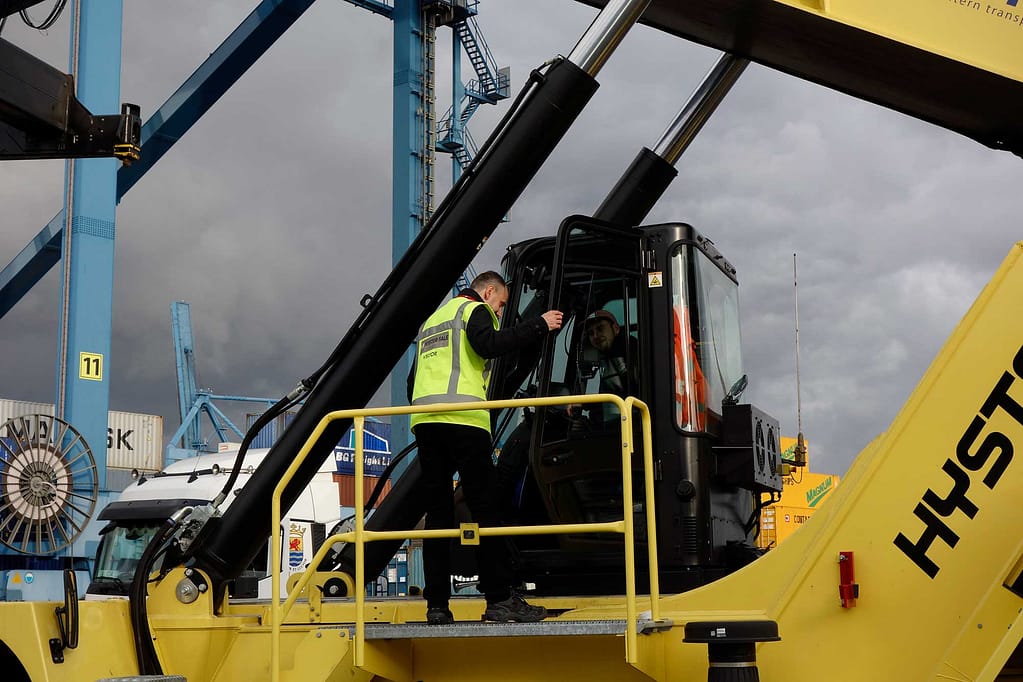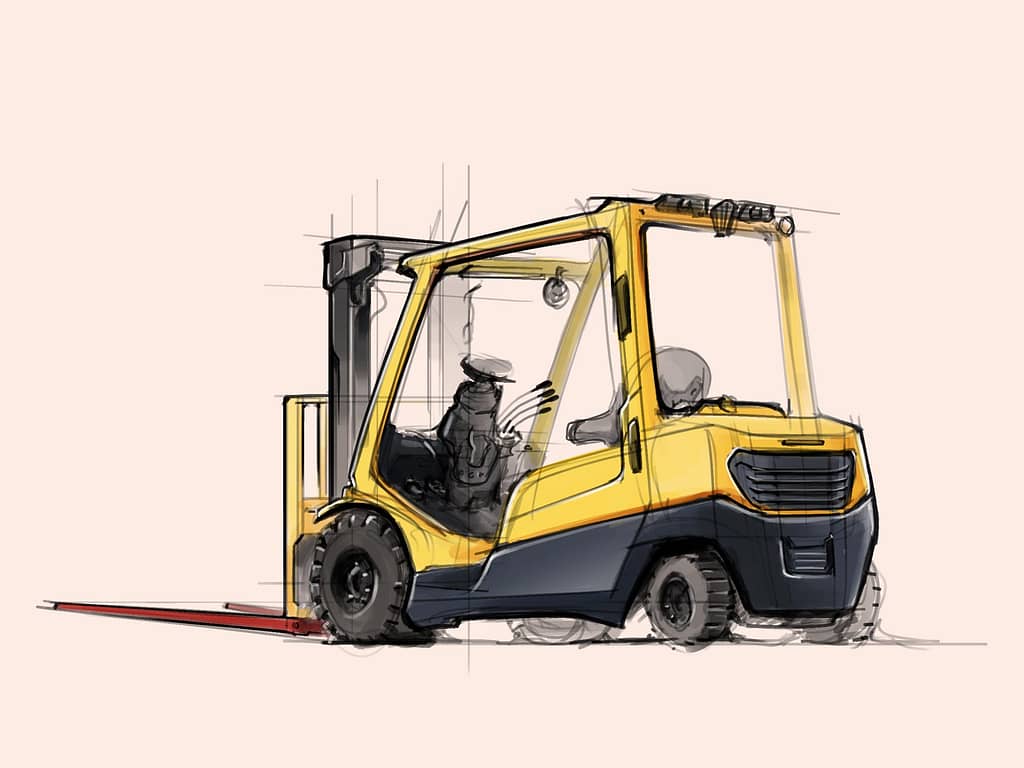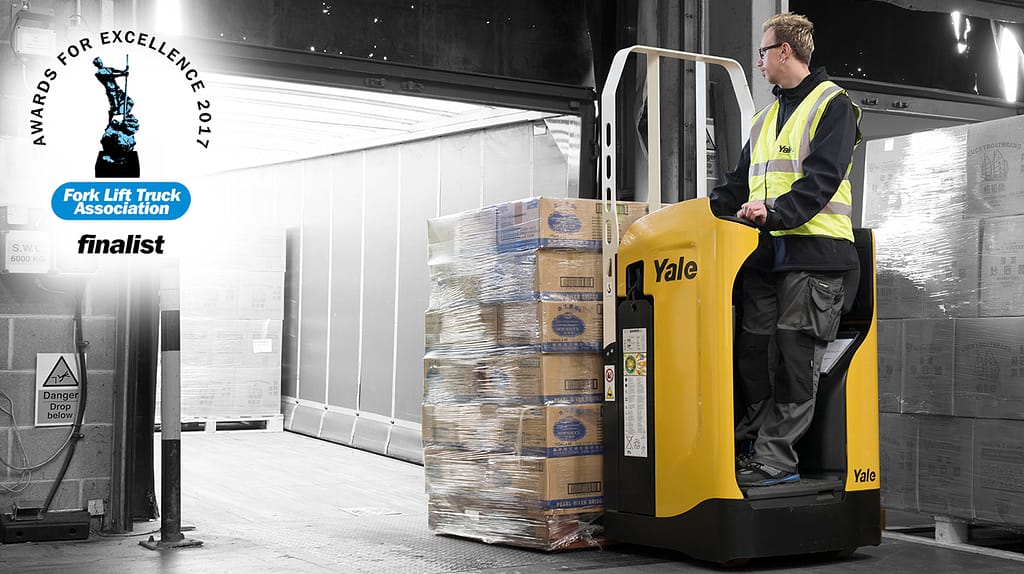
Designing a Utility Vehicle
Vehicle design has a long tradition at Edea. Our design collaboration with Valtra Tractors dates back to 1985, and we have been designing forklifts for Hyster-Yale since 2005. Our journey includes well-known brands from Scania to Sandvik, from Ponsse to Patria, from Lundberg to LM Trac, and from Normet to Nokka-Tume.
Our success in vehicle design – and in product design in general – is based on a clear, but adaptable recipe tailored to the needs of each project. The principles of this recipe are baked into our continuously evolving Design Puzzle™ toolkit, which is suitable not only for vehicle design but also for practically all execution-oriented innovation work.
We now reveal the outline of our process. Each phase could be the subject of its own blog series or even a book. Who knows, maybe we will write those one day!
Mission Statement
The project starts in co-operation with our customer. The first task is defining the desired features for the product, estimating its projected production volumes, and setting its target manufacturing cost. Scanning the competitive field provides an interesting point of comparison.
In addition to setting goals, we establish the constraints of the project. If our client is committed to certain operating models, technologies, or materials, it may not make sense for us to develop solutions outside of these. This might be the case, for example, when the client has already invested in certain manufacturing methods. Similarly, decisions are made regarding how to apply existing brand definitions within the project.
Industry-specific legislation and regulation impose their own limits. In the world of heavy machinery, R&D activities are guided by increasingly strict emission standards. For instance, the AGCO Power engines used in Valtra tractors comply with the Tier 4 Final Stage 5 emission standard. Achieving its objectives require innovative structural solutions that directly influence the design of the tractors.
We typically gather goals and constraints in a workshop with the client, inviting representatives from all key stakeholders, from product development to product management. The project’s goals and constraints are documented in a ‘Mission Statement’. It will then be used for guiding subsequent phases.

The User at the Center
A core principle of our Design Puzzle™ method is not to start product development unless the product is expected to generate viable business. And viable business doesn’t happen unless the product meets user goals. Therefore, understanding users from the beginning of the development process is crucial.
The primary user of a vehicle is naturally its driver. In the case of work machines, the driver, or rather the operator, spends long hours in the machine, so it’s important to deeply understand their workflow and related goals. To achieve this, we observe operators at work and conduct in-depth interviews. For example, while designing Hyster-Yale forklifts, we have observed work in places like the Port of Rotterdam in the Netherlands and Craigavon’s warehouses in Northern Ireland. In addition to ergonomic aspects and workflows, we analyze and identify the core goals of the operators’ work.
The operator might also be the owner of the machine, but not always. For example, in South America, farm tractors are often driven by hired hands, while forklifts are usually owned by logistics companies employing the operators. In such cases, the buyer is someone other than the driver.
We consider it extremely important to gain user insights not only from operators but also from the entire consumption chain, from decision-makers to logistics, supervisors, and maintenance technicians. This gives us a solid foundation to design a solution that works well from all perspectives.

Focus on the Future
After establishing the task definition and acquiring user insights, it becomes clear in which direction the product under development should go. It’s also important to understand how the product fits into a forward-looking continuum.
In the vehicle design world, we often do future work as a separate project. We start by identifying the most important trends guiding the industry’s development, such as the phase-out of fossil fuels, autonomy, digitalization, and artificial intelligence – and not forgetting novel business models. As a result, we create visions of the future where radically transformed work machines play their crucial part. These projects are invariably strategically critical and therefore customer confidential.
Even if future work isn’t done as a separate project, we still consider the future perspective in every single assignment. For example, when designing control systems for Mantsinen’s material handlers, we took into account work processes and business models that our analysis suggested would be needed in the future. This ensures that the solutions we create don’t need to be revisited in the near future.

Developing the Final Product
Once the groundwork is well laid, the actual R&D process begins. We approach it holistically so that physical, digital, and service aspects, along with their related business models, are designed as a seamless, integrated whole. This is based on an understanding of the client’s business and its goals.
At the center of our design work is our own model workshop, where we can build 1:1 models of the vehicles or their parts we are designing. Over the years, our workshop has built e.g. a full-size Ponsse harvester, a Sandvik mining machine cab, and an entire Hyster-Yale warehouse forklift model. When designing the Scania bus cockpit, for instance, we built a cockpit model that bus drivers could modify according to their preferences. We use virtual reality in our design process, but our strong view is that high-quality ergonomics can only be designed with physical models.
Our design is also guided by our deep knowledge of materials and manufacturing techniques. Each of our solutions is designed to be manufacturable, taking into account the constraints of the projects. For example, Valtra tractors are expected to have a quality impression similar to passenger cars, even though their production volumes are smaller. It’s important to choose the most suitable manufacturing method for each part.
Collaboration is key throughout the project. The design progresses through interim reviews with our client towards the goal. Initial sketches turn into 3D CAD models and high-quality visualizations, providing our clients with the best possible basis for making crucial decisions for the project.
If requested by our client, we also assist in mold design. In such cases, close cooperation with the subcontractor is essential.
Our Design Puzzle™ method is suitable not only for vehicles but also for other products and services. We have used it in designing everything from garden grills to mission-critical control systems.
Do you have a project in mind that you would like to develop innovatively, yet in a controlled manner? Contact us!”